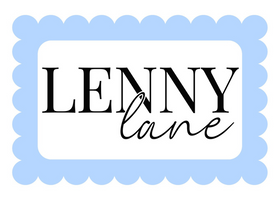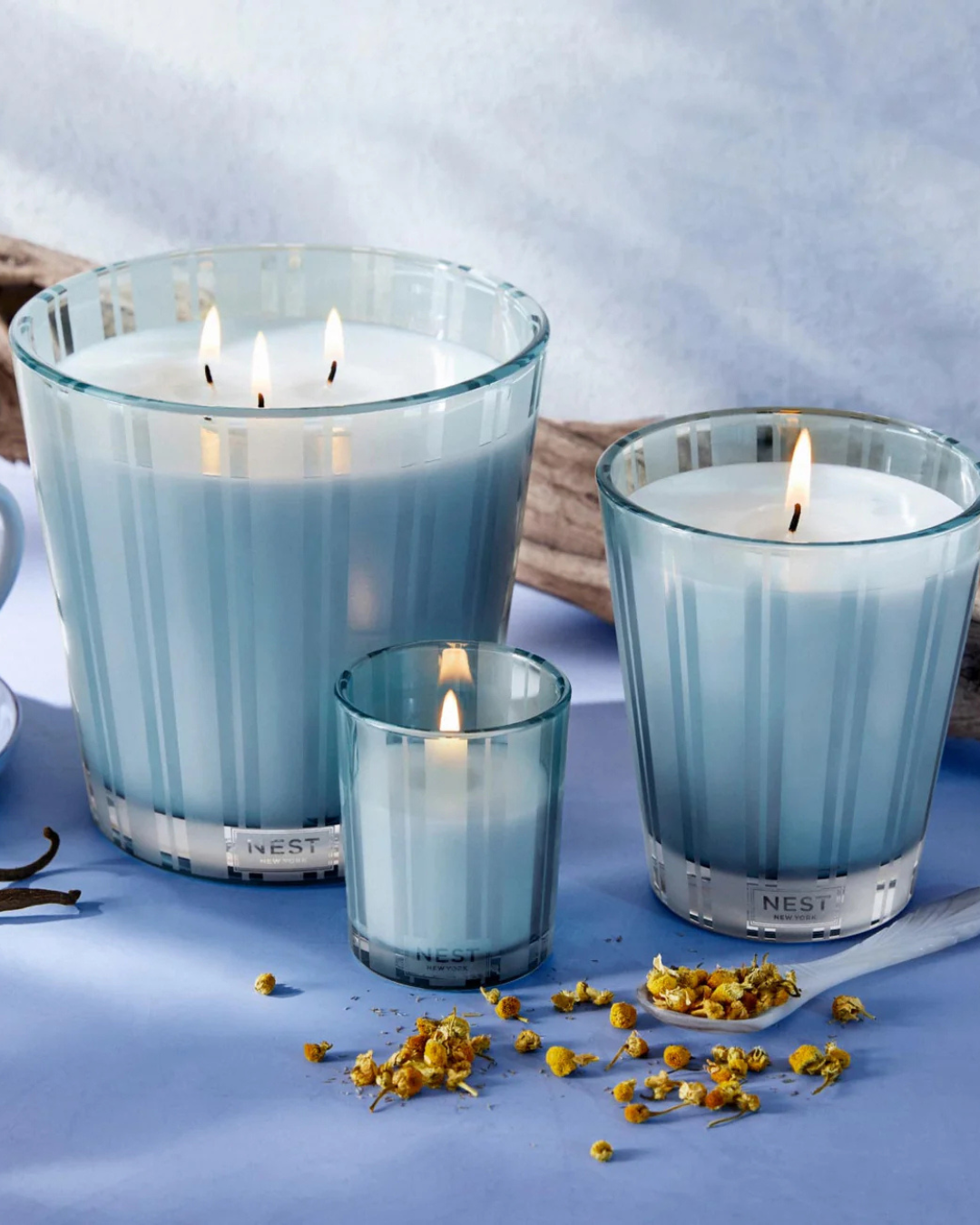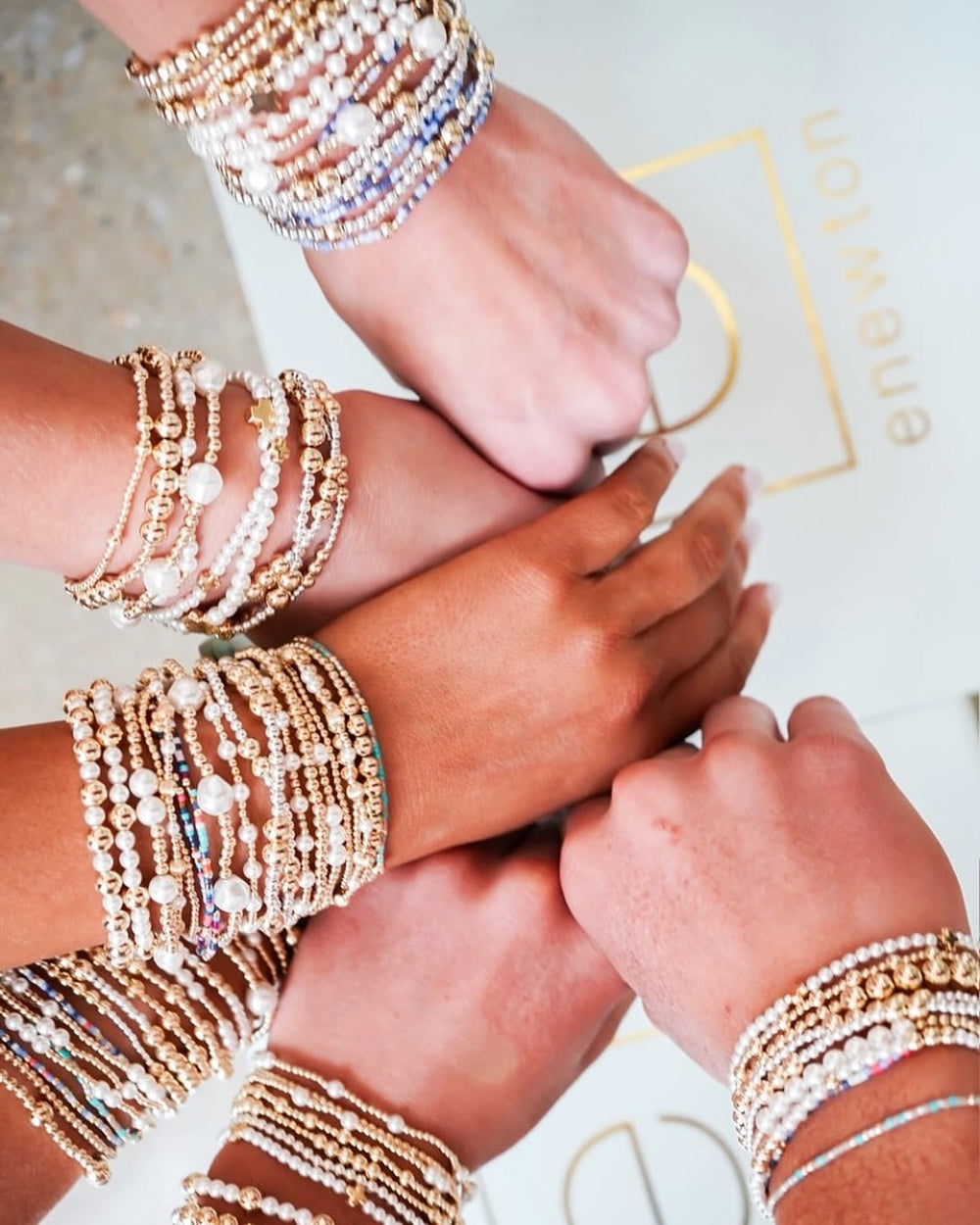A Guide to Quality Women's Clothing Brands
You know that feeling when you find a piece of clothing that just works? It's more than just a brand name on a tag. It’s about investing in something that looks incredible, feels amazing, and actually lasts longer than a few spins in the wash. That’s what true quality is all about, and it often ends up saving you money (and a lot of frustration) in the long run.
Beyond the Price Tag: What Defines Quality
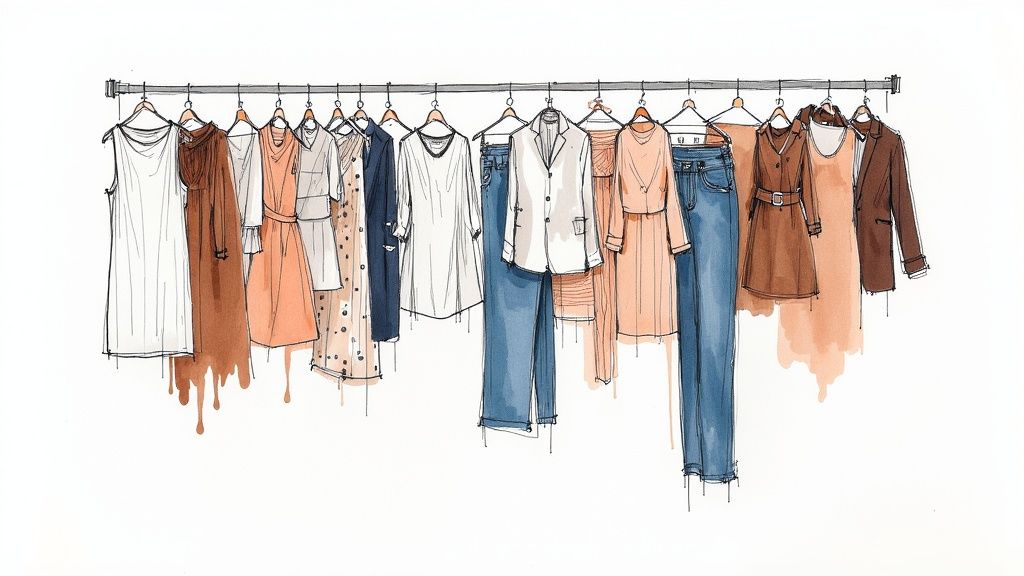
Ever bought a gorgeous $150 blouse that still looks brand new years later, while its $30 fast-fashion cousin faded and fell apart almost immediately? The difference isn't just about the price—it's about all the little details woven into the fabric and the thought put into its creation.
Genuine quality is something brands build into their clothes from the very beginning. We're going to pull back the curtain and show you how to spot it, so you can stop thinking of your clothes as disposable and start seeing them as smart investments for your wardrobe.
It’s a big world out there in women’s fashion. The global women's apparel market was valued at a whopping USD 1,035.2 billion in 2024, and it’s only getting bigger. With so many choices, knowing how to spot real quality is a superpower. If you're curious, you can learn more about women's apparel market trends to see just how massive the industry is.
The Four Pillars of Quality Clothing
So, how do you actually spot a well-made garment? It’s kind of like baking a cake. The final result is only as good as the ingredients and the skill of the person making it. In clothing, there are a few core ingredients that separate the fleeting trends from the timeless treasures.
We’re going to break down the four pillars that set quality women's clothing brands apart:
- Superior Fabrics: It all starts here. The raw materials determine everything from comfort and durability to how the piece looks and feels.
- Meticulous Construction: This is all about how a garment is put together. Strong, careful stitching is what gives an item its strength and longevity.
- Flattering Fit: A truly well-designed piece should move with your body, not against it. It's designed to complement your shape.
- Sustainability and Ethics: These days, quality is also about feeling good about where your clothes come from and how they were made.
By focusing on these pillars, you shift from being just a shopper to becoming the curator of your own perfect wardrobe. It’s all about choosing fewer, better pieces—a move that’s not only smarter for your wallet over time but also way more sustainable.
This guide will walk you through each of these concepts, giving you the confidence to look at any potential purchase and know exactly what you’re getting. You'll be spotting quality like a pro in no time.
Learning the Language of High-Quality Fabrics
Ever bought a gorgeous top only to have it pill, shrink, or lose its shape after one wash? It's happened to the best of us. The culprit is almost always the fabric.
Think of fabric as the foundation of your garment. A flimsy foundation means the whole house is unstable, no matter how pretty it looks. It’s the exact same with clothes. The material is the single biggest clue to how an item will look, feel, and—most importantly—last. Getting a handle on fabrics is your first real step toward building a wardrobe you love.
This isn’t about becoming a textile scientist, I promise. It’s about knowing the practical stuff. For instance, you’ve probably seen Pima cotton on a label and wondered what the big deal is. Its extra-long fibers create a fabric that’s just ridiculously soft, strong, and way less likely to get those annoying little pills compared to basic cotton.
And Merino wool? It’s not just for those chunky, itchy sweaters from your childhood. The fibers are so fine and breathable that they keep you warm when it’s cold and cool when it’s hot. Seriously. It’s a year-round superstar, perfect for everything from tank tops to cardigans. Spotting these little details is how you start making smarter choices before you even glance at the price tag.
The Main Fiber Families
Most fabrics you'll run into fall into one of three buckets. Knowing the basics helps you size up a piece in seconds.
-
Natural Fibers: These are the OGs, coming straight from plants and animals. We’re talking cotton, linen, silk, and wool. They’re known for being breathable, biodegradable, and just feeling great against your skin. A perfect example is a classic linen dress—it somehow gets even softer and more beautiful the more you wash and wear it. A piece like this striped linen boho dress is a great showcase of how natural fibers deliver on both comfort and timeless style.
-
Synthetic Fibers: These are the lab-created ones, made from chemical polymers. Polyester, nylon, and acrylic are the big names here. They're total workhorses—super durable, wrinkle-resistant, and often water-repellent. It’s why you see them everywhere in activewear and outerwear.
-
Semi-Synthetic Fibers: Here’s where things get interesting. Materials like Tencel (lyocell) and Modal start with a natural source (usually wood pulp) but are made with a chemical process. They often give you the best of both worlds: the incredible softness of natural fibers with the strength and lovely drape you get from synthetics.
Think of a garment's tag as its recipe. Once you learn to read it, you can pretty much predict how it’s going to behave. A 100% polyester blouse might stay wrinkle-free all day, but it’s not going to breathe like a silk or Tencel blend will.
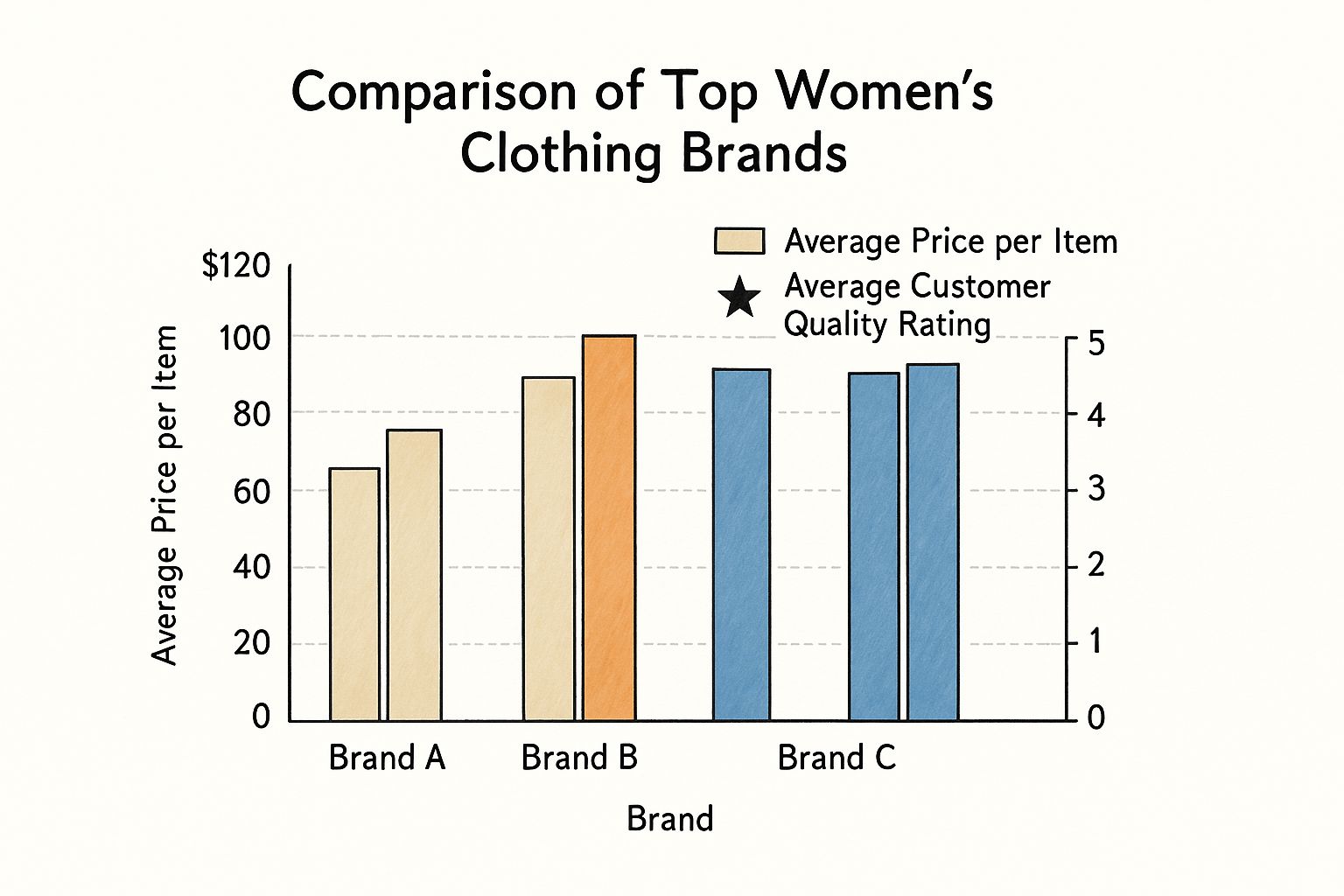
This little chart shows a pretty clear trend: when brands invest in better materials and construction, customers notice and are happier with their purchase, even if it costs a bit more. It really reinforces the idea of investing in pieces that are made to last.
To make things even clearer, I've put together a quick cheat sheet comparing some of the most common fibers you'll find.
Natural vs. Synthetic Fiber Comparison
| Fiber Type | Key Characteristics | Best For | Things to Watch For |
|---|---|---|---|
| Cotton | Soft, breathable, absorbent | T-shirts, jeans, everyday wear | Can wrinkle easily and may shrink if not cared for properly. |
| Linen | Strong, lightweight, highly breathable, gets softer with use | Summer dresses, trousers, breezy tops | Wrinkles very easily (part of its charm!), can feel stiff at first. |
| Wool | Insulating, moisture-wicking, naturally odor-resistant | Sweaters, coats, base layers, suits | Can feel itchy if it's not a fine-grade wool (like Merino). |
| Polyester | Durable, wrinkle-resistant, quick-drying | Activewear, outerwear, blended fabrics | Not very breathable, can hold onto odors, made from petroleum. |
| Nylon | Very strong, elastic, water-resistant | Hosiery, swimwear, jackets | Can be sensitive to high heat, not breathable. |
| Tencel™ | Silky-smooth, breathable, drapes beautifully, eco-friendly process | Blouses, dresses, flowy pants | Can be more expensive and requires gentle washing. |
Hopefully, this table gives you a good starting point for the next time you're trying to decode a clothing label!
Feel for Quality (Don’t Just Read the Tag)
The label tells you the ingredients, but your hands tell you how well it was made. This is a skill you develop over time.
Start paying attention to how fabrics feel. A high-quality cotton t-shirt feels dense and smooth, not flimsy or see-through. That substance is what helps it hold its shape wash after wash. Trust your hands! When you’re trying to spot true quality women's clothing brands, what you can feel is just as important as what you can read.
Inspecting Garments for Superior Construction
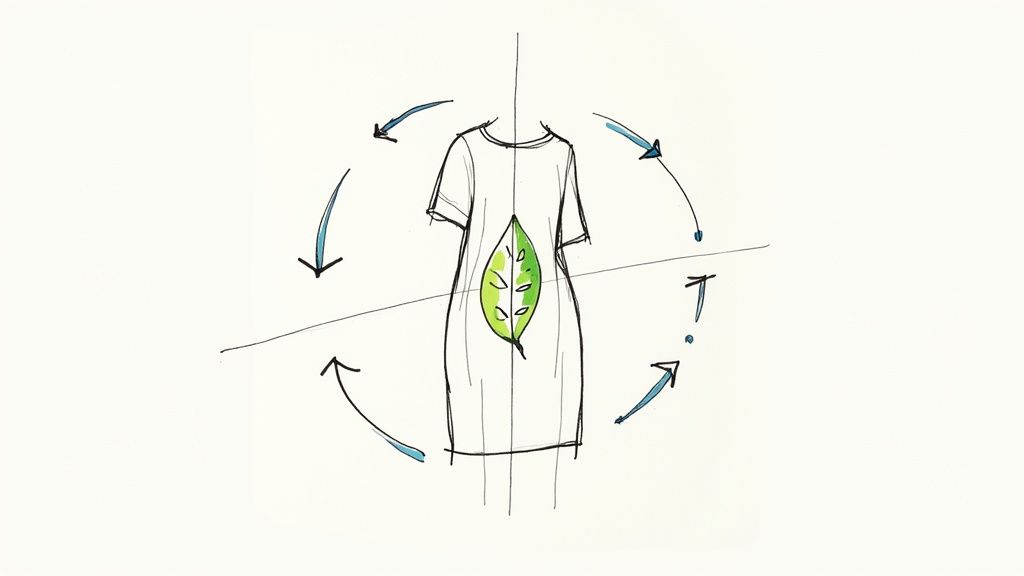
You can have the most beautiful fabric in the world, but if it’s put together poorly, it’s just not going to last. A garment’s construction is its skeleton—it’s what holds everything together and makes sure it can actually handle being worn over and over again. Honestly, learning to spot the tiny signs of great craftsmanship is what separates a decent piece from a truly fantastic one.
Think of it like buying furniture. You wouldn’t bring home a wobbly table, right? So why settle for a blouse with seams that look like they could pop at any second? The real secret is in the little details most people never even think to check. The best quality women's clothing brands invest time and money into these hidden markers of durability, because they know it's what truly counts.
One of the easiest things to look for is stitch density. Get up close and personal with the seams. Are the stitches small, tight, and evenly spaced? The more stitches you see per inch, the stronger that seam is going to be. It's such a simple thing, but it’s what keeps seams from pulling apart when you move.
What to Look for Inside the Garment
The inside of a garment tells you everything you need to know. Seriously, flip that piece inside out before you even head to the dressing room. This is where you can see if a brand cut corners or really put in the effort.
Here are a few things that scream quality:
- French Seams: You’ll find these on delicate fabrics like silk. All the raw edges are neatly tucked away inside the seam itself. They look beautiful, but more importantly, they're strong and stop any fraying.
- Bound or Flat-Felled Seams: Check for these on tougher items like denim jackets or structured pants. They’re super durable and create a clean, flat finish that can take a beating.
- Lining: A well-made jacket, skirt, or dress will almost always have a full lining. It not only feels way better against your skin, but it helps the garment hang properly and keep its shape.
If the inside of a garment looks just as clean and polished as the outside, you’ve probably found a winner. It’s a huge tell that the brand cares about the entire piece, not just what you see at first glance.
Checking the Finer Details
Okay, beyond the big seams, there are a few other little things that give away a garment’s true quality. These are the finishing touches that take a piece from "just okay" to "wow."
Take a look at any patterns. On a striped or plaid shirt, do the lines match up perfectly at the seams? I’m talking about across the shoulders, the pockets, and down the front. Getting this right takes more fabric and a lot more skill, so it’s a major sign of high-quality work.
Next, check out the buttonholes. They should be stitched cleanly and tightly, with no messy, frayed threads hanging off. The buttons themselves should feel solid and securely attached, not like they’re about to fall off. You’ll often find that better brands use materials like mother-of-pearl or metal instead of flimsy plastic.
Here's a little trick for the dressing room: give a seam a gentle pull. Does it feel totally solid, or can you see the stitches straining? This super simple test tells you so much about its strength. Once you get the hang of these quick checks, you'll feel way more confident spotting the quality women's clothing brands that are actually worth your money.
How Sustainability Is Redefining Modern Quality
For a long time, what made a piece of clothing "high-quality" was pretty straightforward: it was all about gorgeous fabrics and perfect seams. But that definition is expanding. Now, there's a third, super important piece to the puzzle: where did this item come from, who actually made it, and what kind of impact did it leave on the planet?
For more and more of us, a brand's ethics and environmental footprint are just as critical as how a fabric feels against our skin. This isn't just some passing trend; it’s a huge shift in what we consider valuable. The best quality women's clothing brands are totally getting this and leading the way. They're proving that beautiful, long-lasting style and sustainability aren't mutually exclusive—they can, and should, go together. They’re showing us that a truly top-tier brand has to think about its entire impact.
Understanding Ethical Manufacturing
At its heart, ethical manufacturing is all about people. It’s about making sure every single person who had a hand in creating a garment—from the farmer growing the cotton to the person sewing the final hem—is treated with respect and paid fairly.
This means a brand has to commit to a few key things:
- Fair Wages: This isn't just about paying the legal minimum. It's about paying a real living wage that lets workers support themselves and their families.
- Safe Working Conditions: We're talking about a clean, safe, and healthy workplace, completely free from hazards or exploitation.
- Transparent Supply Chains: Being totally open and honest about where and how their clothes are made. You'll notice many brands choose to manufacture closer to home because it helps with transparency and supports local communities.
When you decide to buy from a brand that puts these values first, you're not just getting a new piece for your closet. You're supporting a system that actually cares about human beings more than just cutting costs.
The real way to measure a modern luxury piece isn't just its price or the logo stitched on it; it's the story it carries. A garment made with genuine care for both people and the planet has an inherent quality that fast fashion can never, ever touch.
Embracing Circular Fashion
Beyond how things are made, the best brands are rethinking the whole life of our clothes. The old, wasteful model of "take, make, and toss" is being swapped out for a much smarter, more sustainable idea called circular fashion.
Think of it like a clothing library instead of a vending machine. Instead of buying a top, wearing it a handful of times, and then throwing it out, circular fashion is all about keeping great materials in rotation for as long as possible. And this idea is catching on, big time. It's predicted that by 2030, about 50% of global apparel companies will have some kind of circular practice in place, like recycling, upcycling, or take-back programs—especially the premium women's brands. You can read more about the rise of circular fashion on persistencemarketresearch.com.
This shift means brands are really focusing on:
- Designing for Longevity: Creating classic, durable clothes that you'll still love seasons from now.
- Using Recycled and Eco-Friendly Materials: Choosing fabrics like recycled polyester or organic cotton that are way kinder to the environment.
- Offering Repair and Take-Back Programs: They're encouraging us to get our favorite items repaired or to bring them back when we're done so they can be turned into something new.
Choosing brands that are all-in on these ideas is such a powerful way to build a closet you can feel genuinely amazing about.
Finding a Perfect Fit and Timeless Style
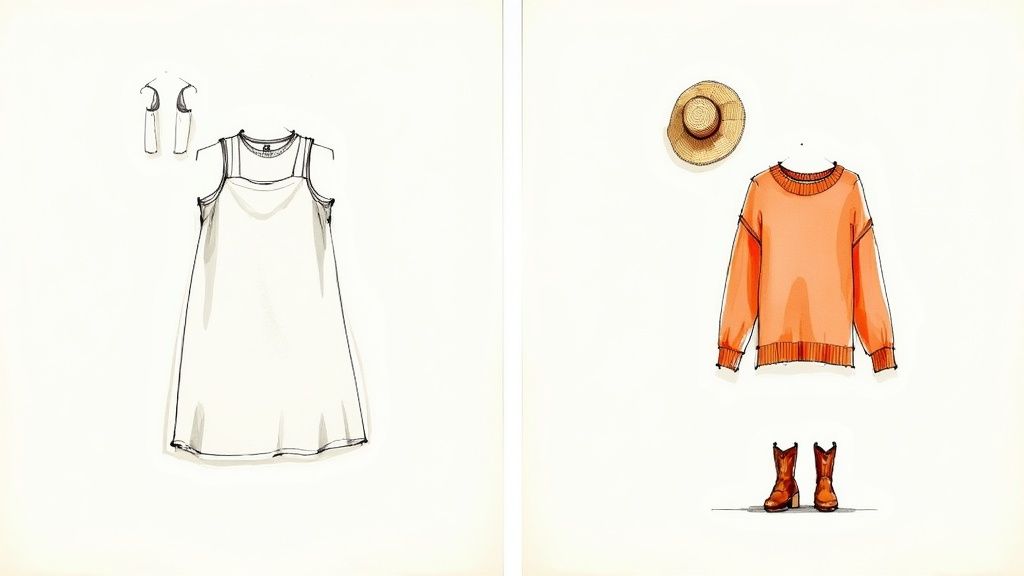
Let’s get real. Even the most beautifully made, high-end garment is a total waste if it hangs weirdly in your closet because it just doesn’t fit right or feel like you. All that amazing fabric and perfect stitching? That's the foundation. But the real magic happens when a piece fits your body perfectly and clicks with your personal style.
That's the moment a garment goes from just "clothing" to a piece you reach for over and over—the one that makes you feel incredible.
The first step is getting to know your own proportions. This isn't about squeezing yourself into a certain "body type" mold, but about figuring out which silhouettes make you feel amazing. A truly well-fitting piece should drape and move with you, never pulling or pinching. It should feel like a second skin.
The market for quality women's clothing brands is huge, with the U.S. apparel market expected to hit around USD 365.7 billion by 2025. With more of us looking for workwear that’s both stylish and functional, brands are finally catching on. You can dig into more of the latest fashion industry statistics on firework.com to see what’s driving these changes.
Moving Beyond Fleeting Trends
Okay, let's talk about building a wardrobe that actually lasts. The key is learning to spot the difference between a here-today-gone-tomorrow trend and a truly timeless style. Trends are fun, for sure, but they’re designed to be replaced by next season’s new thing. Timeless styles are different; they’re the classics that look good year after year.
I’m talking about those workhorse pieces like:
- A blazer that’s tailored just right
- A crisp, classic white button-down
- That perfect pair of dark-wash jeans
- A simple, elegant trench coat
These are the anchors of a great wardrobe. When you focus on these core items, you create a reliable foundation you can always build on. If you're looking to create a closet like this, our guide on how to build a capsule wardrobe has some super practical tips to get you started.
The Power of Cost-Per-Wear
I know a higher price tag can feel a little scary at first. But I want you to start thinking in terms of "cost-per-wear." It’s a simple little calculation that totally changes how you see the value of what you buy.
Cost-Per-Wear = (Total Price of Garment) / (Number of Times You'll Wear It)
Think about it this way: a $40 fast-fashion top you only wear five times before it pills or goes out of style actually costs you $8 every time you put it on. Now, compare that to a beautifully made $150 blouse that you love and wear 50 times over the next few years. That piece? Its cost-per-wear is just $3.
See? Investing in quality isn't just better for the planet—it's often way smarter for your wallet in the long run. By choosing pieces that are built to last, both in quality and in style, you end up with a wardrobe that pays you back every single day.
Common Questions About Quality Clothing
Let's be real, switching your brain from fast-fashion finds to long-term investment pieces can bring up a lot of questions. It’s a huge mindset shift! This is where we clear up all those little uncertainties and myths that might be holding you back.
Think of this as your personal FAQ for building a wardrobe that you truly love, one that lasts. We'll get into the nitty-gritty, practical stuff that comes up right before you're ready to make that confident purchase.
How Can I Afford to Buy Quality Clothing?
Okay, this is probably the biggest one for most of us. The sticker shock can be real! But the key is to stop thinking of it as "spending more" and start seeing it as "investing smarter." This isn't about tossing your entire closet and buying a new, expensive one overnight.
Seriously, just start small. Pick one thing you really need—maybe a fantastic pair of jeans or a blazer that makes you feel like a boss—and save up for a version that’s built to last. The idea is to gradually replace pieces, not do a complete, costly overhaul.
Think of it this way: one well-made $150 dress that you wear for five years is a far better investment than five trendy $30 dresses that fall apart after one season. It’s all about focusing on that cost-per-wear we talked about earlier.
When you start buying fewer, better things, you'll be surprised how your clothing budget often evens out. Plus, you end up with a closet full of pieces you're actually excited to wear.
How Do I Know if a Brand Is Truly Ethical?
This is such a good question. So many brands throw around vague words like "conscious" or "green" without anything to back it up—a frustrating practice known as greenwashing. What you're really looking for is genuine transparency.
A truly ethical and sustainable brand isn't going to be shy about sharing the details. Here’s what you should be looking for on their website:
- About Us/Sustainability Page: They should have a whole section explaining how their clothes are made, where their factories are, and what their labor standards look like.
- Fabric Information: They’ll get specific, telling you about their "Peruvian Pima cotton" or "Italian Merino wool." They're proud of their materials!
- Certifications: Keep an eye out for official seals of approval from third parties like Fair Trade, GOTS (Global Organic Textile Standard), or B Corp.
Some of the best quality women's clothing brands actually choose to manufacture right here in the USA. It gives them more direct oversight, supports local communities, and just makes everything more transparent. If a brand is proud of their process, they'll make that info super easy for you to find.
What if I Buy an Investment Piece and Don't Like It?
This is a totally valid fear! Dropping more money on a single item can feel like a big risk. That’s why getting to know a brand's policies before you hit "buy" is a non-negotiable.
A brand that believes in its product will always have a clear and fair return policy. Before you commit, hunt down that page on their website and read up on their rules for returns and exchanges. Knowing you have a safety net makes the whole process way less stressful. For instance, a simple, straightforward policy, like our own return policy details, is designed to give you the confidence to try something new without the risk.
And please, don't rush the decision! If you can, try the piece on in a store. If you're shopping online, dive into the reviews, double-check the sizing chart, and take a minute to picture at least three different outfits you can make with it using things you already own.
At Lenny Lane, we believe in curating pieces that blend timeless quality with modern style, helping you build a wardrobe you'll love for years to come. Explore our collection of thoughtfully selected apparel and accessories today. Find your next favorite piece at https://www.lennylane.com.
